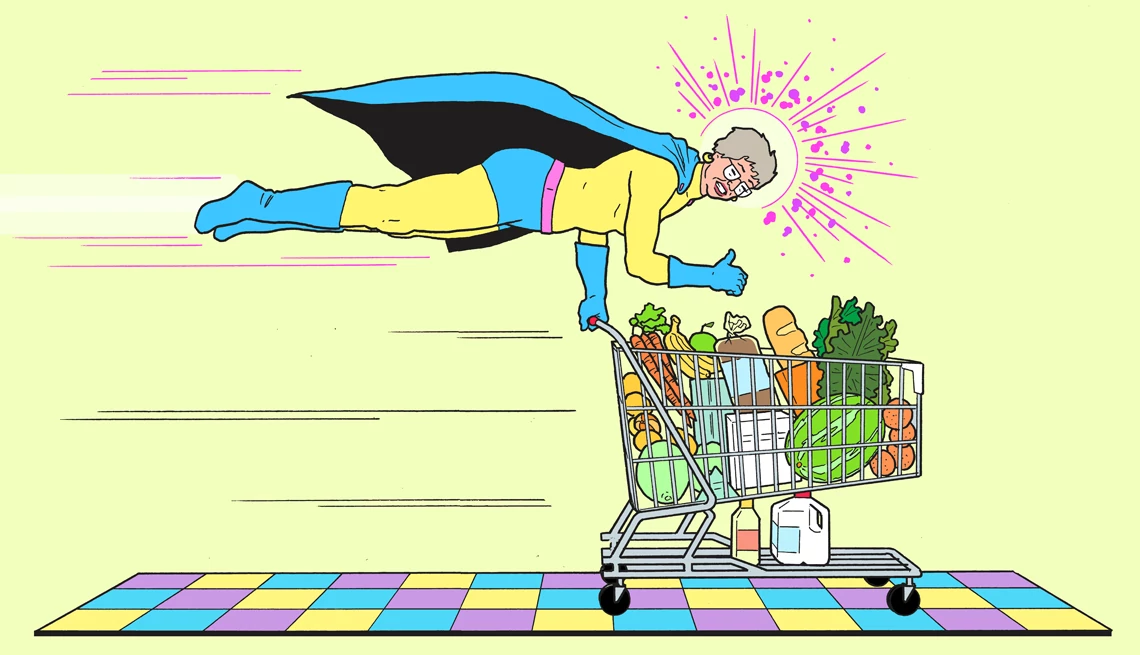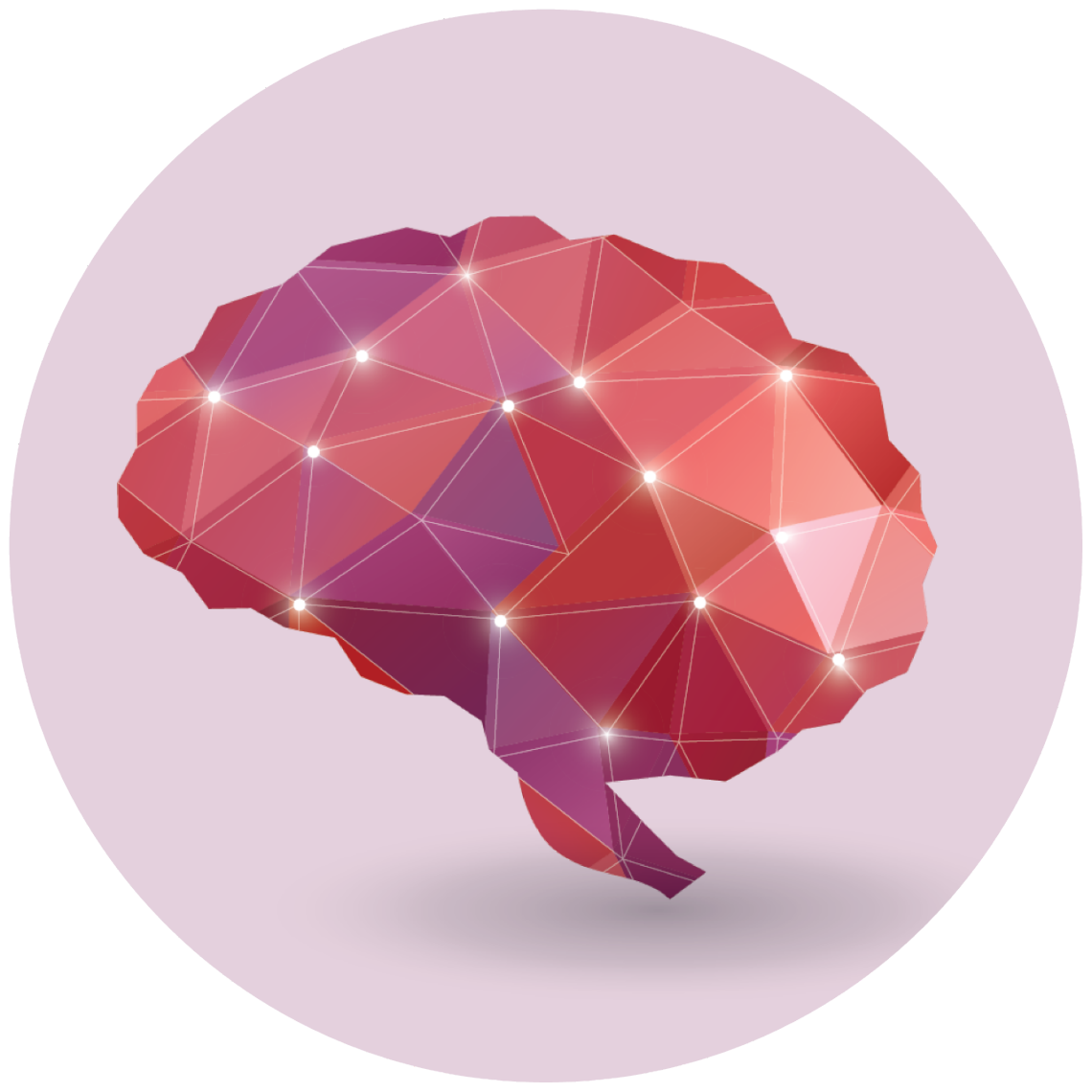AARP Hearing Center


New research suggests that food assistance programs do more than help fill plates and bellies; they may also be a boon for the brain.
In a study presented July 30 at the Alzheimer’s Association International Conference in Toronto, researchers observed that adults age 50 and older who participated in the USDA’s Supplemental Nutrition Assistance Program (SNAP), which helps low-income individuals and families buy food, had a slower rate of cognitive decline over a 10-year period, compared with older adults who qualified for the program but didn’t participate.
The difference in overall cognitive function was the equivalent of two to three additional years of better brain health.
“For someone starting at a healthy cognitive score, this slower decline could delay reaching the threshold for mild cognitive impairment by nearly a decade,” lead study author Linlin Da, with the University of Georgia, Athens, said in a news release.
For the study, researchers analyzed and compared a racially and ethnically representative group of 1,131 adults age 50 and older who were enrolled in SNAP in 2010 to 1,216 who were eligible for SNAP but did not participate. After assessing memory and executive function every two years between 2010 and 2020 by way of telephone and web interviews, they found a 0.10 difference between the groups.
Da says the study results suggest that SNAP participation, or another similar nutrition support program, could delay the onset of cognitive decline or dementia in people who are food insecure, “allowing people to preserve their ability to manage medications, finances and daily tasks longer.”
Roughly 1 in 10 (12.6 million) Americans age 50 and older experienced food insecurity in 2023, meaning they had limited or uncertain access to adequate, nutritious food, according to an AARP analysis. And more than 11 million adults age 50-plus participated in SNAP in 2023. SNAP benefits can be used to buy foods such as fruits and vegetables, meat and fish, breads and cereals, and dairy products.
AARP Brain Health Resource Center
Find in-depth journalism and explainers on diseases of the brain — dementia, stroke, Parkinson’s disease, mental-health topics. Learn about healthy habits that support memory and mental skills.
“Research has shown that food insecurity can negatively impact cognitive function, and this is one of the first long-term studies to show that food assistance programs can positively impact cognition,” said Maria C. Carrillo, Alzheimer’s Association chief science officer and medical affairs lead, in a news release.
Food insecurity has also been linked to higher rates of diabetes, high blood pressure, heart disease and other health problems that plague many older Americans.





































































More From AARP
Older Adults at Risk From SNAP Cuts
Congress changes older adults’ food aid
14 Ways to Lower Your Risk for Dementia
Two new risk factors have been added to a list of 12 previously known onesWhat Does the MIND Diet Do for Brain Health?
The eating plan, based on the Mediterranean and DASH diets, can give your brain a boost